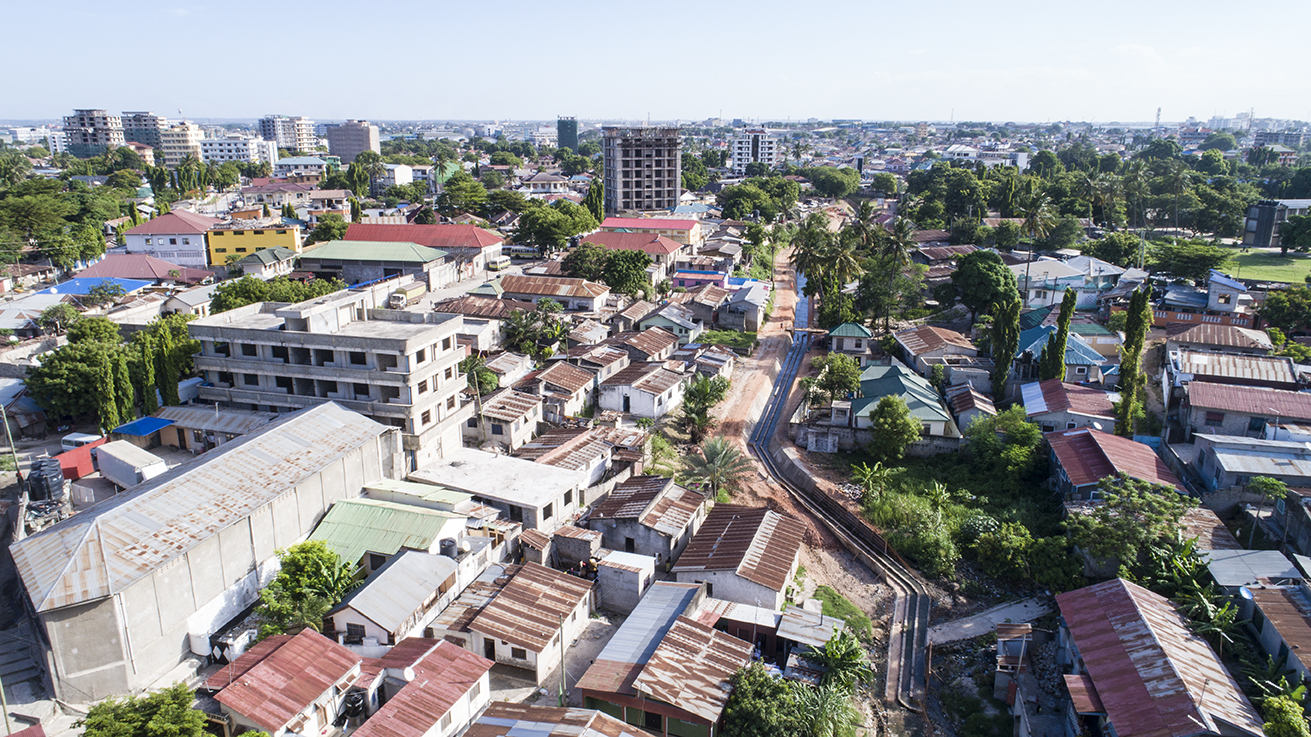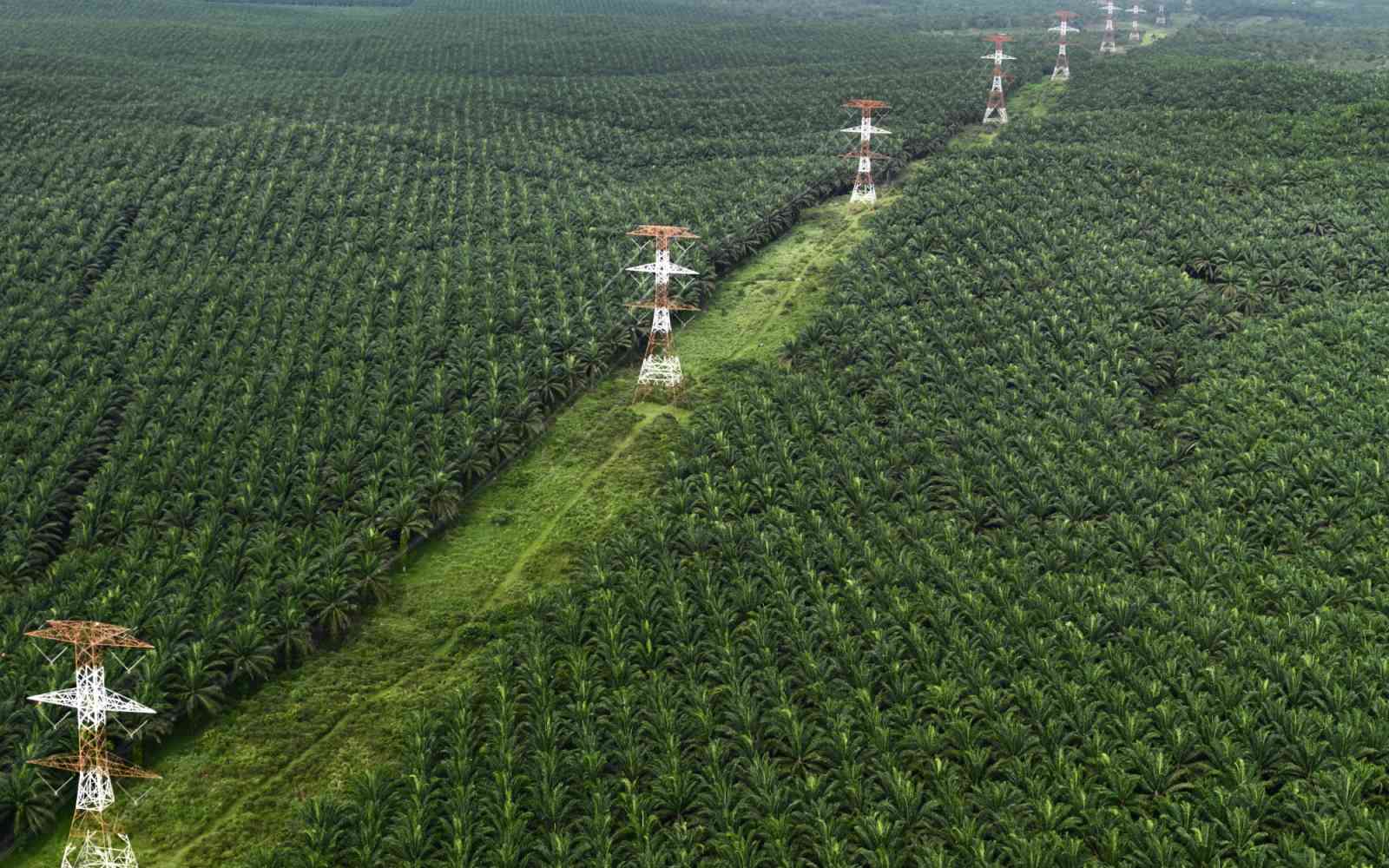The United Nations Office for Project Services (UNOPS)
Invest in renewable energy in African cities

Renewable energy is touted as a solution for rural electricity access in Africa – but it could also solve the unique challenges of providing reliable energy in urban areas.
By 2050, the World Economic Forum predicts that more than 1.3 billion people in Africa will call a city home. Such a large number of people living in growing cities could pose problems, so we asked our experts: What are the top three types of infrastructure to focus on for the sustainable development of cities and urban areas in Africa?
Access to energy is vital for socio-economic development – every sector requires energy to grow and thrive. And most basic services – from treating wastewater to lighting homes – require energy.
Despite this, around 110 million people living in urban areas in Africa lack access to grid electricity.
People living in formal settlements in urban areas that have electricity connections frequently experience outages and voltage fluctuations with costly and unreliable service. The picture is even more complicated for people living in informal settlements in urban areas.
In Sub-Saharan Africa, for example, around 55 per cent of all people living in urban areas are in slums – many of whom either don't have electricity connections or have illegal (and potentially dangerous) connections. This is also one of the fastest urbanizing regions in the world – and with more urbanization comes even more strain on already fragile energy networks.
So how can we ensure that everyone has access to energy? By focusing on further building up an area that Africa is already rich in: renewable energy sources.
As part of a UNOPS-implemented project in rural Sierra Leone, the government partnered with the private sector to run solar-powered mini-grid systems in rural areas of the country. A similar approach could be taken and adapted for urban areas to increase access to energy while reducing the cost of building renewable energy infrastructure.
For areas that don't already have traditional energy infrastructure in place, renewable energy infrastructure is less expensive to build and run – and could create new jobs. And further developing the renewable energy sector would help accelerate universal access to energy.
But building renewable energy infrastructure still requires a lot of capital upfront. To overcome this, governments could support policies that directly stimulate investment in renewable energy.
For example, subsidies could be provided to banks and private sector developers to support investment in renewable energy. With this approach, banks would help provide the start-up costs for investors – especially small and medium-sized local investors – while also shouldering some of the risks associated with these kinds of infrastructure projects.
A long-term power purchase agreement with a credible offtaker – a company that purchases power for a certain time period at a set price – is also crucial to ensure the predictability of revenue streams. Governments can also provide partial or full guarantees to derisk investments.
The benefit? For people living in urban areas, it would mean more access to energy while the banks and the local private sector developers would receive a solid, steady return on their initial investment.
Feed-in tariffs – which are payments made to renewable energy companies that supply to the main grids – could also be encouraged to support investments in renewable energy. The renewable energy could also help expand existing grid capacity to other needs as well as help energy supply keep pace with demand – and decrease the likelihood of power outages.
Prioritizing investment in renewable energy could provide more reliable, affordable and sustainable energy – and lower carbon emissions and decrease pollution from fossil fuels. This would benefit not only the environment but improve the health and well-being of people living in cities and urban areas.
This article is the third of a three-part series examining the top three development projects to focus on in African cities and urban areas. You can read the first article in the series here and the second article in the series here.
Samantha Stratton-Short and Trudy Morgan
Samantha Stratton-Short is UNOPS Head of Strategic Initiatives, which focuses on advancing sustainable, resilient and inclusive infrastructure. An architect with a Ph.D. in sustainable development and a career in urban development and resilience, she has more than 20 years of experience managing programmes and advising on governance and strategy with development organizations around the world.
Trudy Morgan has over 30 years of international project management experience, including working with UNOPS on renewable energy projects as well as the World Bank on a programme to address access to urban services within Freetown, Sierra Leone. A Fellow of the Institution of Civil Engineers (United Kingdom) and the current President and Fellow of the Sierra Leone Institution of Engineers, she holds an MBA from Cranfield University (United Kingdom).














